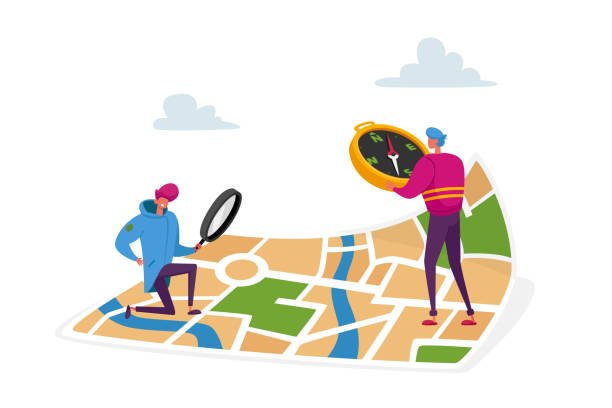Urbanisation is a multifaceted process that involves the shift of population from rural to urban areas. South Africa, like many other countries, has experienced significant urbanisation, especially since the end of apartheid. This phenomenon has had both positive and negative effects on the economic and social fabric of the country. This article will explore the economic and social impacts of urbanisation in South Africa, supported by theories, facts, and local examples.
Introduction to Urbanisation
Urbanisation refers to the growth of cities as more people move from rural to urban areas seeking better opportunities. While this process can foster development, it also raises challenges that need to be carefully managed. In South Africa, urbanisation has been particularly prominent in major cities such as Johannesburg, Cape Town, and Durban.
The Economic and Social Effects of Urbanisation in South Africa
The Economic and Social Effects of Urbanisation in South Africa are multifaceted. Economically, urbanisation has led to increased industrialisation, creating job opportunities and contributing to economic growth in cities like Johannesburg and Cape Town. However, it also exacerbates income inequality, as the wealth is often not distributed equally. Socially, urbanisation brings about cultural diversity and offers better access to education and healthcare. Yet, it also leads to challenges like overcrowded cities, pressure on housing, and increased crime rates. The movement from rural to urban areas has been spurred by people seeking better opportunities, but it has also led to a strain on infrastructure and resources in urban areas. An example can be found in the informal settlements around major cities, where lack of proper housing and sanitation are pressing concerns. The contrasting effects of urbanisation showcase a complex picture that requires balanced policies and planning to ensure sustainable development in South Africa.
1. Economic Growth and Diversification
Introduction to Economic Growth through Urbanisation
Urbanisation can lead to economic growth by stimulating industrialisation, entrepreneurship, and diversification of the economy.
Theory: Agglomeration Economies
The Agglomeration Economies theory argues that clustering industries and services in urban areas can lead to increased productivity, innovation, and economic growth.
South African Example
In Johannesburg, urbanisation has fostered the growth of the financial and service sectors, contributing to the diversification and strengthening of the national economy.
2. Strain on Infrastructure and Services
Introduction to Infrastructure Strain
Rapid urbanisation can also lead to strain on infrastructure and essential services, such as transportation, water, and electricity.
Theory: Urban Overload Theory
Urban Overload Theory explains how uncontrolled urban growth can overwhelm existing infrastructure, leading to inefficiencies and decay.
South African Example
In Cape Town, the rapid influx of people has put pressure on the water supply, leading to water shortages and rationing in recent years.
Social Effects of Urbanisation
3. Improvement in Quality of Life
Introduction to Quality of Life Improvement
Urbanisation often brings better access to education, healthcare, and job opportunities, enhancing the overall quality of life.
Theory: Urbanisation Economies of Scale
Economies of scale in urban areas can make services like education and healthcare more accessible and efficient.
South African Example
The expansion of universities and healthcare facilities in Durban has improved educational and health services for its residents.
4. Social Inequality and Urban Poverty
Introduction to Social Inequality
While urbanisation provides opportunities, it can also exacerbate social inequalities and lead to urban poverty.
Theory: Spatial Mismatch Theory
Spatial Mismatch Theory suggests that urbanisation can create disparities in job opportunities, leading to inequality and poverty in certain urban areas.
South African Example
In some townships around Johannesburg, the lack of access to quality education and well-paying jobs has led to persistent poverty and inequality.
5. Cultural Diversity and Social Integration
Introduction to Cultural Diversity
Urbanisation brings together people from various backgrounds, fostering cultural diversity but also posing challenges for social integration.
Theory: Melting Pot Theory
The Melting Pot Theory posits that urbanisation can lead to a blending of cultures, creating a unique urban culture but also potential social tensions.
South African Example
Cape Town’s diverse population reflects a mix of cultures, enhancing cultural richness but also leading to challenges in social cohesion.
Conclusion
Urbanisation in South Africa has had a profound impact on both the economic and social landscape of the country. While it has fostered economic growth, diversification, and improved quality of life, it has also led to strain on infrastructure, social inequality, urban poverty, and challenges in cultural integration. Understanding these effects and the underlying theories provides a comprehensive view of the urbanisation process in South Africa. Policymakers must balance the opportunities and challenges of urbanisation to ensure sustainable development that benefits all South Africans.




